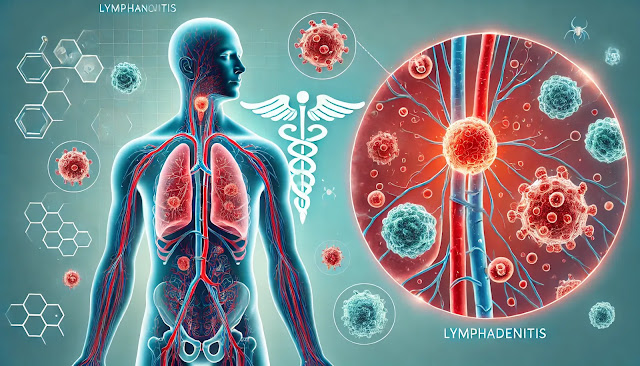Comprehensive Guide to Achilles Tendinitis: Symptoms, Causes, and Treatment
1. Definition
Achilles tendinitis is an overuse injury of the Achilles tendon, the band of tissue that connects calf muscles to the heel bone. It is common among runners and athletes who engage in activities involving repetitive stress on the tendon.
2. Causes
The primary causes of Achilles tendinitis include:
- Sudden increase in physical activity: Starting a new sport or significantly increasing training intensity.
- Tight calf muscles: Increased strain on the Achilles tendon.
- Improper footwear: Shoes lacking proper support or cushioning.
- Repetitive motions: Activities like running or jumping without adequate rest.
Research indicates that individuals over 30 are more prone to Achilles tendinitis due to decreased tendon flexibility.
3. Symptoms
Common symptoms associated with Achilles tendinitis are:
- Pain and stiffness: Typically felt along the tendon, especially in the morning.
- Swelling: May occur along the tendon or at the back of the heel.
- Tenderness: Pain when touched or when moving the ankle.
- Limited range of motion: Difficulty flexing the foot.
Approximately 50% of individuals report worsening pain during or after physical activity.
4. Diagnosis
Diagnosis involves:
- Physical examination: The doctor will check for tenderness, pain, or swelling.
- Imaging tests: Ultrasound or MRI may be recommended for a more detailed view.
- Functional tests: Assessing the range of motion and strength of the ankle.
Imaging can help distinguish between tendinitis and more severe injuries like tendon tears.
5. Examination
An in-depth examination includes:
- Palpation of the tendon: Identifying the most tender areas.
- Strength tests: Measuring calf and ankle strength.
- Movement analysis: Observing walking or running patterns.
6. Treatment
Treatment options vary based on severity:
- Rest and ice: To reduce pain and swelling.
- Non-steroidal anti-inflammatory drugs (NSAIDs): For pain relief.
- Physical therapy: Strengthening and flexibility exercises.
- Surgery: In chronic cases, surgery may be required to remove damaged tissue.
Non-surgical treatment is effective for about 80% of cases.
7. Rehabilitation
Rehabilitation is crucial and involves:
- Phase 1: Pain management and gentle stretches.
- Phase 2: Gradual strengthening of the calf muscles.
- Phase 3: Advanced exercises for regaining full function.
Rehabilitation can take 6-12 weeks depending on the severity of the injury.
8. Exercise and Physical Therapy
Key exercises include:
- Eccentric calf raises: Helps strengthen the tendon.
- Balance training: Improves ankle stability.
- Dynamic stretches: To maintain tendon flexibility.
Physical therapy helps prevent recurrence and builds overall resilience.
9. Lifestyle Adjustments
To manage and prevent Achilles tendinitis:
- Modify physical activity: Gradually increase the intensity of training.
- Stretching routines: Regularly stretch calf muscles before and after exercise.
- Wear supportive footwear: Use shoes that provide adequate heel cushioning.
10. Diet for Recovery
A well-balanced diet can aid recovery:
- Protein: For tissue repair and muscle support.
- Anti-inflammatory foods: Such as salmon, turmeric, and leafy greens.
- Vitamins and minerals: Vitamin C and zinc for tissue repair.
Omega-3 fatty acids can help reduce inflammation.
11. Medication
Medications may be used to manage symptoms:
- Pain relievers: Over-the-counter NSAIDs like ibuprofen.
- Topical pain creams: For localized relief.
- Prescribed medication: In severe cases, a doctor may prescribe stronger anti-inflammatory drugs.
12. Prevention
Preventative measures include:
- Warm up properly: Always warm up and stretch before exercising.
- Strengthen calf muscles: Incorporate exercises that focus on calf strength.
- Avoid overtraining: Gradually increase the volume and intensity of physical activity.
Prevention is key, especially for athletes and active individuals.
Conclusion
Achilles tendinitis, if not managed early, can lead to chronic pain and limited mobility. Proper diagnosis, treatment, and lifestyle changes are essential for recovery and prevention.
This blog post is for informational purposes only. Please consult a doctor for accurate diagnosis and treatment.





%20where%20a%20person%20stands%20with%20their%20knees%20touching%20while%20their%20feet%20remain%20apart,%20creating%20an%20'X'.png)
.%20The%20image%20should%20depict%20a%20human%20figure%20from%20.webp)


%20in%20a%20medical%20context.%20The%20image%20should%20show%20an%20anatomical%20view%20.webp)
Comments
Post a Comment